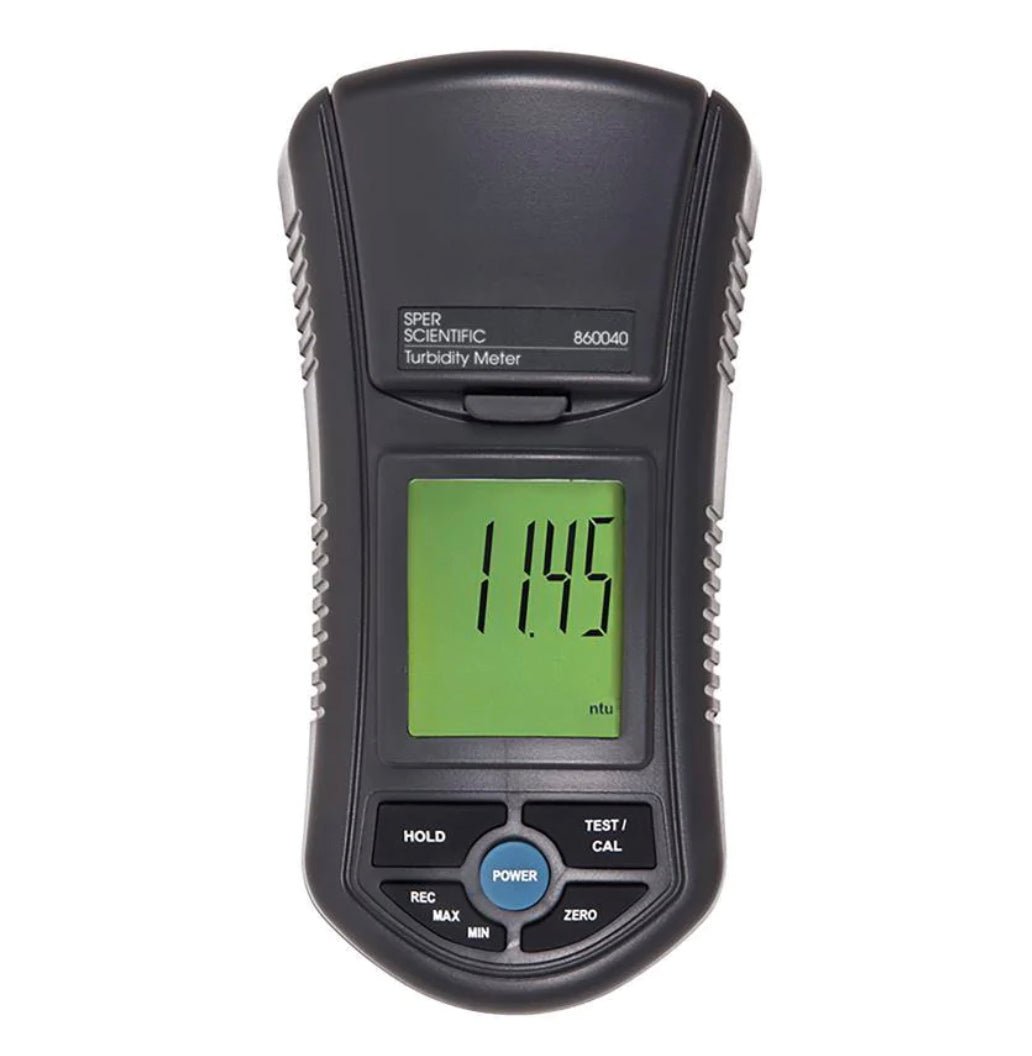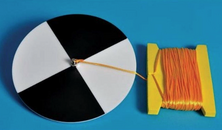Does anyone have experience with using a turbidity gauge in the ocean? I'm looking for something that I can use to quantify conditions on a daily basis. Over time I want to compare these readings with subjective visibility estimates. We have a stream with variable flow into the ocean and we want to be able to measure the impacts of specific flows from storms. So I'm looking for a handheld, hopfully submersible gauge.
You are using an out of date browser. It may not display this or other websites correctly.
You should upgrade or use an alternative browser.
You should upgrade or use an alternative browser.
Turbidity Gauge for Viz
- Thread starter Rick Brant
- Start date
Please register or login
Welcome to ScubaBoard, the world's largest scuba diving community. Registration is not required to read the forums, but we encourage you to join. Joining has its benefits and enables you to participate in the discussions.
Benefits of registering include
- Ability to post and comment on topics and discussions.
- A Free photo gallery to share your dive photos with the world.
- You can make this box go away
Hmm. could you possibly set up a light meter somewhere in the flow? more light, lower turbidity, less light, higher turbidity.
nevermind. i'm not taking into account cloudy days.
nevermind. i'm not taking into account cloudy days.
I do have experience, but not with a handheld unit. What I'll say is that they're pretty worthless for leaving deployed to collect data. Some random bit of debris gets into the gap between light source and sensor and you get low viz from that point on. At least from the gauges perspective. It's been 15 years since I last aquired one built into a data sonde, but I will say it was a YSI unit. The other YSI instrumentation worked well, but the turbidity measure was useless.
I'd imagine if this is diver held, it'd be less of an issue. You can inspect it for any obstructions, etc..
You could use my diving method: Descend until you can't see ripples on the surface from the depth you're at.
I'd imagine if this is diver held, it'd be less of an issue. You can inspect it for any obstructions, etc..
You could use my diving method: Descend until you can't see ripples on the surface from the depth you're at.
Does anyone have experience with using a turbidity gauge in the ocean? I'm looking for something that I can use to quantify conditions on a daily basis. Over time I want to compare these readings with subjective visibility estimates. We have a stream with variable flow into the ocean and we want to be able to measure the impacts of specific flows from storms. So I'm looking for a handheld, hopfully submersible gauge.
One of my first gigs out of college, was measuring turbidity / water clarity in some Northern California lakes, using Secchi disks -- black and white patterned flat plates, suspended from weighted, gauged lengths of rope.
You determined the level of basic visual clarity by the disc's visibility at given depths, and the measurement markings on the line . . .
Attachments
That could work if you took measurements at a few different depths. You can then find the "coefficient of extinction" which tells you how turbid the water is.Hmm. could you possibly set up a light meter somewhere in the flow? more light, lower turbidity, less light, higher turbidity.
nevermind. i'm not taking into account cloudy days.
The basic equation is Iz=Io*e**(-kz)
Iz=light intensity at depth z (you measure this with your light meter)
Io=light intensity at the surface (you don't measure this)
e=base of natural logarithms, or roughly 2.72.
k=coefficient of extinction. A big k means murky water. The units for k are "per meter" or "per foot"
z=depth (be consistent on meters/feet/furlongs for units of measure here)
You take the natural log of both sides to get ln(Iz)=ln(Io)-kz, then do regression to find k. Io is irrelevant, as it varies from day to day.
I have used this method routinely to find k. We put a PAR (photosynthetically active radiation) sensor over the side, then record intensity at several depths.
Secchi disks are an old favorite, but the results can be highly variable from user to user. You tend to see it deeper with more experience....One of my first gigs out of college, was measuring turbidity / water clarity in some Northern California lakes, using Secchi disks -- black and white patterned plates, suspended from gauged lengths of rope. You determined clarity by the Secchi's visibility and the makings on the line . . .
The measurement markings on the line tended to clear that up a bit -- and it won't really break the bank, for the OP's stated purposes, with some portable Hach meters, that I recall using, as a lab monkey, priced at over US 7500.00 . . .Secchi disks are an old favorite, but the results can be highly variable from user to user. You tend to see it deeper with more experience....
I used to sell some Sper Scientific products. They have a turbidimeter that doesnt break the bank. Their products seem to be generic / "good enough" but certainly not top end / high accuracy.

 sperdirect.com
sperdirect.com

Turbidity Meter
This compact, battery-operated turbidity meter is easily portable for use in the field or lab. Features push-button automatic 2-point calibration, auto-ranging, and min-max recall. Includes hard carrying case with calibration solutions, sample cell bottles, distilled water, cleaning cloth...
I use a Hach turbidity meter for dredge monitoring when there's NTU specific compliance reporting requirements.
The Chairman
Chairman of the Board
I use the derepmet method to determine relative visibility.
If all I can see is the word tempered backwards in my facemask, it's time to call the dive!!!
If all I can see is the word tempered backwards in my facemask, it's time to call the dive!!!
Similar threads
- Replies
- 95
- Views
- 6,499
- Replies
- 12
- Views
- 927
- Replies
- 48
- Views
- 4,549





